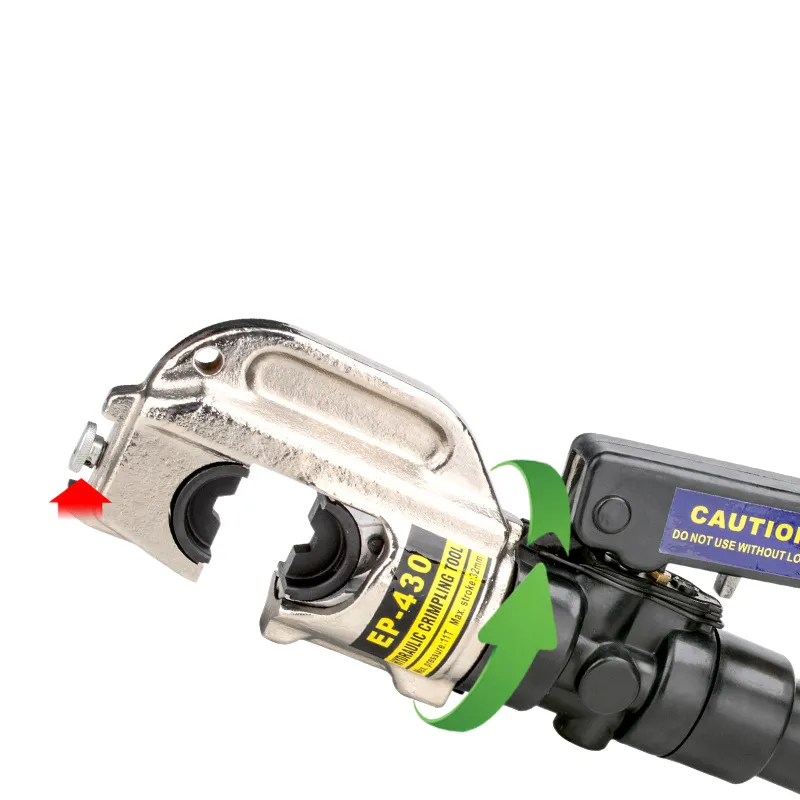
-
 Afrikaans
Afrikaans -
 Albanian
Albanian -
 Amharic
Amharic -
 Arabic
Arabic -
 Armenian
Armenian -
 Azerbaijani
Azerbaijani -
 Basque
Basque -
 Belarusian
Belarusian -
 Bengali
Bengali -
 Bosnian
Bosnian -
 Bulgarian
Bulgarian -
 Catalan
Catalan -
 Cebuano
Cebuano -
 Corsican
Corsican -
 Croatian
Croatian -
 Czech
Czech -
 Danish
Danish -
 Dutch
Dutch -
 English
English -
 Esperanto
Esperanto -
 Estonian
Estonian -
 Finnish
Finnish -
 French
French -
 Frisian
Frisian -
 Galician
Galician -
 Georgian
Georgian -
 German
German -
 Greek
Greek -
 Gujarati
Gujarati -
 Haitian Creole
Haitian Creole -
 hausa
hausa -
 hawaiian
hawaiian -
 Hebrew
Hebrew -
 Hindi
Hindi -
 Miao
Miao -
 Hungarian
Hungarian -
 Icelandic
Icelandic -
 igbo
igbo -
 Indonesian
Indonesian -
 irish
irish -
 Italian
Italian -
 Japanese
Japanese -
 Javanese
Javanese -
 Kannada
Kannada -
 kazakh
kazakh -
 Khmer
Khmer -
 Rwandese
Rwandese -
 Korean
Korean -
 Kurdish
Kurdish -
 Kyrgyz
Kyrgyz -
 Lao
Lao -
 Latin
Latin -
 Latvian
Latvian -
 Lithuanian
Lithuanian -
 Luxembourgish
Luxembourgish -
 Macedonian
Macedonian -
 Malgashi
Malgashi -
 Malay
Malay -
 Malayalam
Malayalam -
 Maltese
Maltese -
 Maori
Maori -
 Marathi
Marathi -
 Mongolian
Mongolian -
 Myanmar
Myanmar -
 Nepali
Nepali -
 Norwegian
Norwegian -
 Norwegian
Norwegian -
 Occitan
Occitan -
 Pashto
Pashto -
 Persian
Persian -
 Polish
Polish -
 Portuguese
Portuguese -
 Punjabi
Punjabi -
 Romanian
Romanian -
 Russian
Russian -
 Samoan
Samoan -
 Scottish Gaelic
Scottish Gaelic -
 Serbian
Serbian -
 Sesotho
Sesotho -
 Shona
Shona -
 Sindhi
Sindhi -
 Sinhala
Sinhala -
 Slovak
Slovak -
 Slovenian
Slovenian -
 Somali
Somali -
 Spanish
Spanish -
 Sundanese
Sundanese -
 Swahili
Swahili -
 Swedish
Swedish -
 Tagalog
Tagalog -
 Tajik
Tajik -
 Tamil
Tamil -
 Tatar
Tatar -
 Telugu
Telugu -
 Thai
Thai -
 Turkish
Turkish -
 Turkmen
Turkmen -
 Ukrainian
Ukrainian -
 Urdu
Urdu -
 Uighur
Uighur -
 Uzbek
Uzbek -
 Vietnamese
Vietnamese -
 Welsh
Welsh -
 Bantu
Bantu -
 Yiddish
Yiddish -
 Yoruba
Yoruba -
 Zulu
Zulu


Oct . 11, 2024 11:27 Back to list
hydraulic crimping tool for cable lugs
Hydraulic Crimping Tool for Cable Lugs An Essential Tool for Electrical Work
In the world of electrical engineering and maintenance, reliable connections are paramount. One of the most effective methods for achieving solid electrical connections, particularly when working with cable lugs, is the use of hydraulic crimping tools. These tools offer a secure, long-lasting connection that can withstand various environmental conditions, making them indispensable in both residential and industrial settings.
What is a Hydraulic Crimping Tool?
A hydraulic crimping tool is a device that uses hydraulic power to deform a metal connector (such as a cable lug) around a cable. This deformation creates a robust mechanical bond between the cable and the lug, ensuring optimal electrical conductivity and mechanical stability. The hydraulic mechanism allows for substantial force to be applied consistently, which is essential when dealing with thicker cables or materials that require more strength to achieve a proper crimp.
Components and Functionality
Hydraulic crimping tools typically consist of three primary components the crimping head, hydraulic mechanism, and handle. The crimping head contains dies that are specifically designed to fit various lug sizes. When the handles of the tool are squeezed, hydraulic fluid is forced into a cylinder, resulting in the movement of the crimping head towards the lug and cable. This process compresses the lug around the cable, creating a secure fit.
The versatility of hydraulic crimping tools is one of their standout features. They come in different designs, including manual, electric, and battery-operated versions, allowing users to select a model that best fits their specific needs and working environment. Battery-operated models, for example, are particularly useful in fieldwork where access to power is limited.
Advantages of Using Hydraulic Crimping Tools
hydraulic crimping tool for cable lugs

1. Consistent Quality The hydraulic mechanism ensures that every crimp is uniform and consistent, preventing potential weak points that could result from manual crimping methods. This consistency significantly reduces the likelihood of connection failure.
2. Force Efficiency The hydraulic system is designed to multiply the manual effort exerted by the operator, thus requiring less physical strength to achieve a high level of compression. This feature is crucial for professionals who may be crimping large cables where significant force is needed.
3. Durability The connections made with hydraulic crimping tools are less susceptible to environmental factors such as moisture, temperature changes, and vibration. This durability is especially important in industrial settings where equipment is often exposed to harsh conditions.
4. Time-Saving Hydraulic crimping tools operate quickly and efficiently, allowing for faster completion of projects. This time savings can lead to increased productivity, which is essential in commercial settings.
Applications
Hydraulic crimping tools are widely used across various industries, including electrical construction, telecommunications, automotive repair, and manufacturing. They are particularly valuable for tasks involving high-power cables, such as those used in electrical substations, automotive battery connections, and heavy machinery. Their ability to create strong, reliable connections minimizes maintenance issues and downtimes, contributing to smoother operational processes.
Conclusion
In conclusion, a hydraulic crimping tool for cable lugs is an essential addition to any electrician’s toolkit. Its ability to provide strong, reliable connections reduces the risk of electrical failure and enhances the overall quality of electrical work. As technology advances, these tools continue to evolve, providing even greater ease of use and efficiency. Whether you are a professional electrician or a DIY enthusiast, investing in a quality hydraulic crimping tool will undoubtedly yield significant long-term benefits. So, equip yourself with this invaluable tool and ensure your electrical projects are built to last.
Latest news
What Are Construction Tools and How Are They Used?
NewsJul.11,2025
Professional-Grade Duct Rodding Tools for Superior Cable Installation
NewsJul.11,2025
Enhancing Safety and Efficiency with Modern Hot Stick Solutions
NewsJul.11,2025
Empowering Cable Installation with Advanced Rodder Solutions
NewsJul.11,2025
Elevate Your Cable Installation Projects with Cable Pulling Tools
NewsJul.11,2025
Efficient Cable Handling Solutions: Cable Rollers for Sale
NewsJul.11,2025











